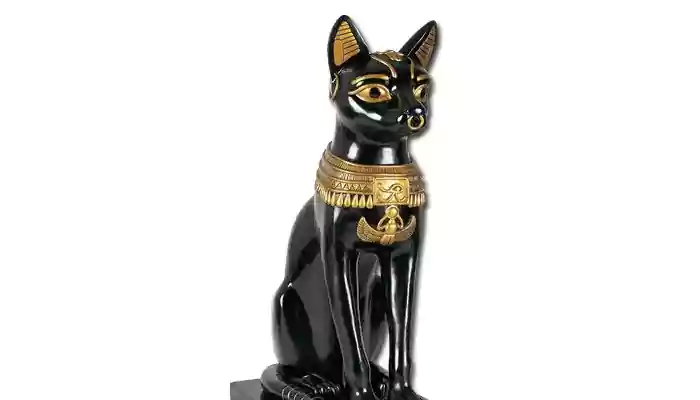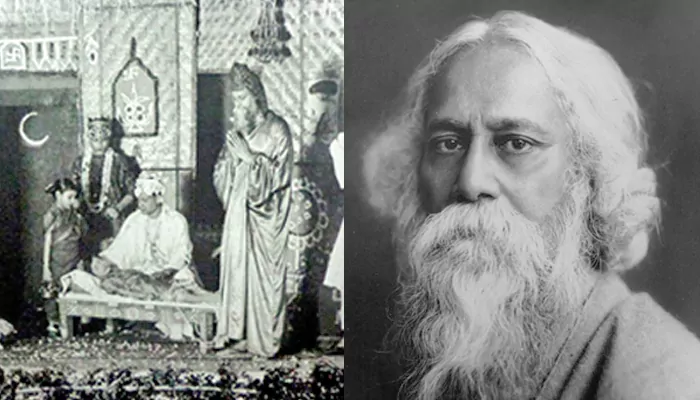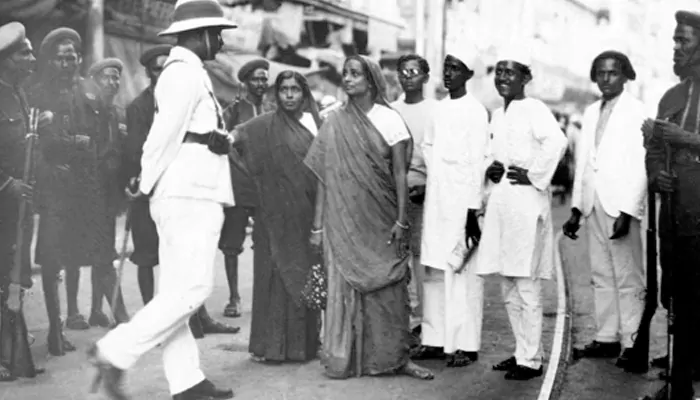Whiskers of Mystery: Unveiling Intriguing Black Cat Chronicles for National Black Cat Awareness Month!

October has been designated as Black Cat Awareness Month, and it's intriguing how people's perceptions of these ebony felines vary. Some regard them as mischievous and clever creatures, while others associate them with bad luck and deviousness. Yet, there are those who find black cats to be sweet and lovable companions, making them the ideal furkids. Undoubtedly, black cats are often misunderstood.
During the Halloween season, the image of a black cat pervades our surroundings. Whether adorning holiday decorations or becoming the subject of costumes for all ages, these felines ignite our imagination, often evoking images of witches and nocturnal creatures. The striking contrast between a black cat's dark coat and the vivid orange of a pumpkin is undeniably captivating. However, there's much more to these beloved ebony friends than meets the eye.
Delving deeper, here are some captivating facts about black cats that may reshape your perspective on them. These enigmatic creatures have a rich and multifaceted history that transcends superstitions, and they deserve a closer look during this special awareness month.
The Evolution of Black Cat Beliefs
Black cats have not always carried the stigma of bad luck; in fact, they've been celebrated as symbols of good fortune in various cultures worldwide. Japan, for instance, regards black cats as bearers of love and fortune. In England, gifting a black cat to a bride symbolizes a happy marriage, while in Scotland, a black cat appearing on one's doorstep is seen as a harbinger of prosperity. The French fondly refer to them as "Money Cats," believing that treating them with respect can attract riches. Even British sailors and fishermen saw black cats as valuable companions, not only for keeping mice at bay but also for ensuring safe journeys back to shore.The perception of black cats as omens of bad luck may have emerged from an ancient Greek myth, which gained prominence during the turbulent Middle Ages. Hera, the goddess, once transformed her servant into a black cat as punishment, and this feline then assisted Hecate, the goddess of witchcraft. With the spread of Christianity across Europe, pagan practices were associated with the Devil, leading to the denouncement of these beliefs. Pope Gregory IX declared black cats as symbols of Satan in 1233, cementing their association with witches and demonic worshipers. Sadly, this led to centuries of superstitions, with these dark-furred creatures unfairly viewed as demons in disguise or allies of the occult.
The Diversity of Black Cat Breeds: Exploring 22 Unique Varieties
The Cat Fanciers’ Association officially recognizes 22 distinct breeds that boast the enchanting allure of a solid black coat. Among these breeds, you'll discover a fascinating spectrum, ranging from the luxuriously fluffy coats of long-haired Persians, Norwegian Forest Cats, and Ragamuffins to the sleeker elegance of Scottish Folds and Japanese Bobtails. Yet, standing out as an iconic representation of feline sophistication is the Bombay.In the 1950s, the Bombay breed was meticulously crafted by crossing black American Shorthairs with Sable Burmese cats, resulting in a stunning feline reminiscent of a miniature black panther. Its hallmark lies in its glossy, short-haired coat, and it holds the unique distinction of being the sole cat breed that consistently exhibits an alluring, solid black hue. Enhanced by its mesmerizing, luminous eyes, the Bombay is undeniably a striking mirror image of its larger jungle-dwelling cousin.
The Transformative Nature of Black Cats' Coat Colors
Even if the black color gene has suppressed the tabby pattern in a cat's fur, traces of it may still linger beneath the surface. To completely negate the tabby pattern, another specific gene must be present. This intriguing genetic interplay means that many black cats are, in fact, concealed tabbies waiting to reveal their true stripes. If you've ever observed faint stripes in your feline friend's coat while they lounged in the sunlight, it's evidence that the tabby pattern hasn't been entirely subdued.What's even more fascinating is that these covert tabbies can undergo a transformation over time when exposed to sunlight. Extended sun exposure can cause the once-black fur to transition into shades of rust or a brownish-red hue. But how does this magical metamorphosis happen? Sunlight has the remarkable ability to break down the black pigment, unveiling the hidden colors and patterns that lie beneath the surface. This captivating process showcases the intricate interplay between genetics and nature's illuminating touch.
The Dominance of Black Fur in Cats
While the gene responsible for the tabby coat pattern holds dominance in feline DNA, the gene dictating black fur color exerts an even greater influence on coat coloration. When two cats carrying the black color gene mate, these genes supersede the tabby pattern gene, resulting in the emergence of a solid black coat in their offspring. Even if one of these genes is recessive, the presence of the black color gene in both parents substantially increases the likelihood of their progeny being born with black coats. Consequently, it's no surprise that black cats outnumber all other coat colors in the feline world!The Deification of Black Cats in History

In ancient Egypt, the black cat held a sacred status as the earthly representation of the goddess Bastet. Bastet, depicted as a woman with the head of a black cat, was a guardian of crops, women, and households. These revered feline companions not only mirrored Bastet's divine role but also fulfilled similar functions in the mortal realm. Adorned with jewelry and treated as royalty, black cats were cherished and protected. They also held significance in the worship of Goddess Isis, residing in her temples. The act of harming a cat was deemed a heinous crime punishable by death. Remarkably, cats received the same mummification rituals as humans, underscoring their paramount importance in ancient Egyptian culture.
In Celtic traditions, the enchanting legend of the Cait Sidhe, a magical black cat with a distinctive white chest spot, emerged as the Faerie King of Cats. Folklore spoke of its benevolence, suggesting that leaving milk out for Cait Sidhe on Samhain night, or Halloween, would bring blessings upon one's home. This mystical connection likely contributes to the enduring association between black cats and Halloween. It is intriguing to consider whether this tradition of leaving offerings, much like milk and cookies for another beloved figure, has transcended cultures and found its place in the festivities of Christmas.
In Japan, there’s a Café Dedicated to Black Cats
In a heartwarming testament to their affection for ebony-coated feline companions, Japanese enthusiasts have crafted the world's inaugural cat café exclusively dedicated to black cats. Nestled in the picturesque Himeji, Japan, Nekobiyaka offers a haven where patrons can luxuriate in the company of these majestic creatures. The café is thoughtfully adorned with cat trees, elevated perches, platforms, and tunnels, all tailored to the discerning tastes of these regal animals. While visitors are kindly requested not to disturb the cats during their slumber, they are wholeheartedly encouraged to engage in playful interactions and lavish these enchanting felines with affection to their heart's content.Most Black Cats Have Yellow Eyes
The genetic factor responsible for melanism, which leads to the development of black fur and a reinforced immune system in certain feline breeds, extends its influence to their captivating eye colors. These cats exhibit striking golden-yellow to coppery-amber eyes, a defining feature cherished by enthusiasts. The Bombay breed was selectively bred to maintain these distinct eye hues, but among black cat breeds, you may encounter individuals inheriting a dominant gene for mesmerizing green or blue eyes. Encounters with these rare ebony-coated felines are truly akin to discovering mythical creatures in the feline world.Photographing Ebony Feline Beauties: A Challenging Endeavor
Capturing a striking image of a black cat can pose challenges for both amateur and professional photographers. Often, their dark features meld together, forming an indistinct, furry silhouette. Achieving the purrfect lighting is essential to accentuate the beauty of these enchanting felines.However, in a shelter environment, creating ideal conditions for a compelling photograph can be tricky, and adoptable black cats may virtually vanish amidst more colorful counterparts on adoption websites. This disparity might be one of the contributing factors to the lower adoption rates of black cats compared to their counterparts of different hues.
Black Coats may have Evolved for Survival
While jaguars and leopards, which are the forebears of many domestic cats, initially evolved black coats as an adaptation to enhance their nocturnal hunting capabilities, ongoing research reveals an intriguing additional benefit. The gene responsible for imparting black coats, known as melanism, wields a profound influence on a cat's immune system. Scientists have made a compelling discovery, indicating that these melanistic felines possess notably robust immune systems and enhanced resistance to specific diseases, including FIV (feline immunodeficiency disorder). Remarkably, these genetic mutations intersect with analogous genes in humans, sparking optimism that they might hold valuable insights into combating diseases such as HIV.If you haven't yet welcomed a magnificent black cat into your life, it's worth considering adoption. During October, some shelters temporarily suspend black cat adoptions to protect them from potential misuse during Halloween pranks. However, a little patience can pay off, as in November, you'll have the opportunity to enjoy the wonderful companionship of a beautiful black cat, adding a furry friend to your family for a lifetime of joy.












